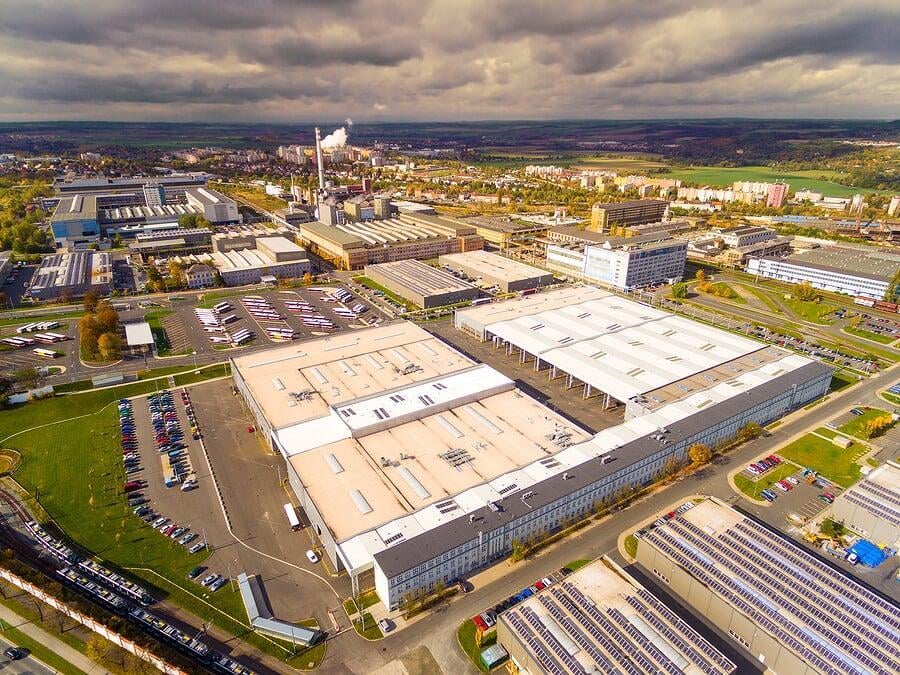
Energy costs can be a major source of budget stress for commercial and industrial facilities, especially when electricity rates fluctuate with no notice. Combined heat and power (CHP), or cogeneration, is an approach that helps facilities produce reliable on-site energy at a lower price than an electric utility supplier.
CHP simultaneously produces electricity and reclaims waste heat, redirecting the captured thermal energy to steam or hot water. There are multiple system configurations, including gas turbines, reciprocating engines, steam turbines, absorption chillers, and fuel cells. This type of distributed energy generation has several key benefits over energy purchased from a utility:
“Nearly two-thirds of the energy used by conventional electricity generation is wasted in the form of heat discharged to the atmosphere. Additional energy is wasted during the distribution of electricity to end users. By capturing and using heat that would otherwise be wasted, and by avoiding distribution losses, CHP can achieve efficiencies of over 80 percent, compared to 50 percent for typical technologies (i.e., conventional electricity generation and an on-site boiler),” notes the EPA.1
Until recently, CHP was only used for new construction, district energy systems like college campuses. But today cogeneration packages can be used for projects between 500kW and 3MW. This allows industrial facilities, offices, hospitals, K-12 schools, hotels, and mixed-use facilities to take advantage of CHP.
Combined heat and power can also be an economically viable option if you are facing one or more of these issues:
High energy demand – Facilities that use energy-intensive processes, have a large footprint, or 24/7 operations experience high energy consumption regardless of how many energy-efficient measures they implement.
Variable utility costs – The cost per kWh for commercial users averages 10.47 cents but can range between 8-17 cents across the U.S.2 These rates can shift depending on time of day, season, weather conditions, and the market price of fuel sources.
Energy resiliency – Most businesses can’t risk unexpected downtime from a blackout or brownout. Because the electric grid is aging beyond its intended life expectancy and most transmission lines are at capacity, the American Society of Civil Engineers gave the U.S. energy infrastructure a D+ grade on its 2017 report card3. Because CHP generates energy at the point of use, it minimizes issues with transmission and distribution.
Aging equipment – The EPA recommends CHP for properties that need to replace or upgrade central plant equipment or expect a facility expansion within 3-5 years.4 Either scenario is a good opportunity to make capital investments in this type of energy system.
A1 Energy has been involved in developing CHP projects over the last 5 years and continue to develop more.
1. https://www.epa.gov/chp/what-chp
2. https://www.eia.gov/electricity/monthly/epm_table_grapher.php?t=epmt_5_6_a
3. https://www.epa.gov/chp/my-facility-good-candidate-chp
